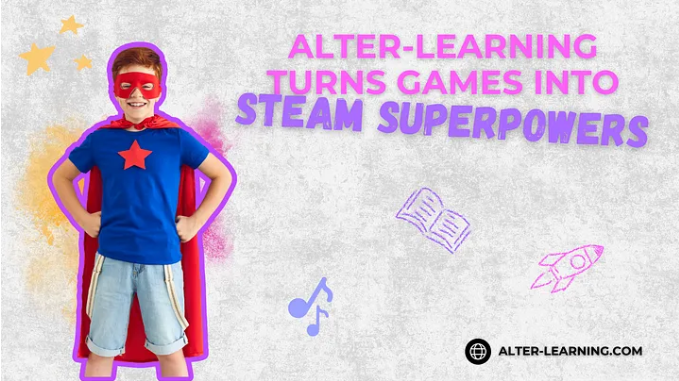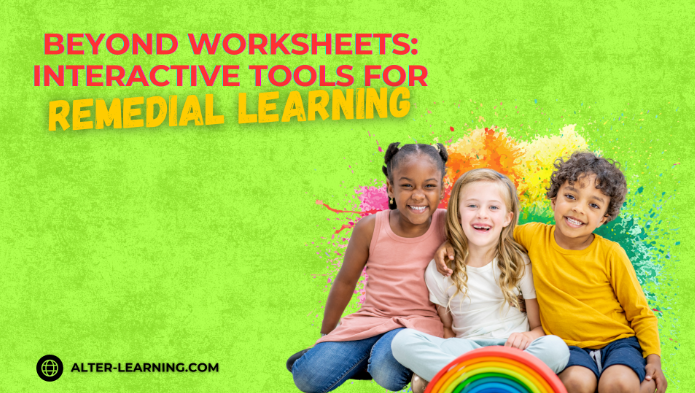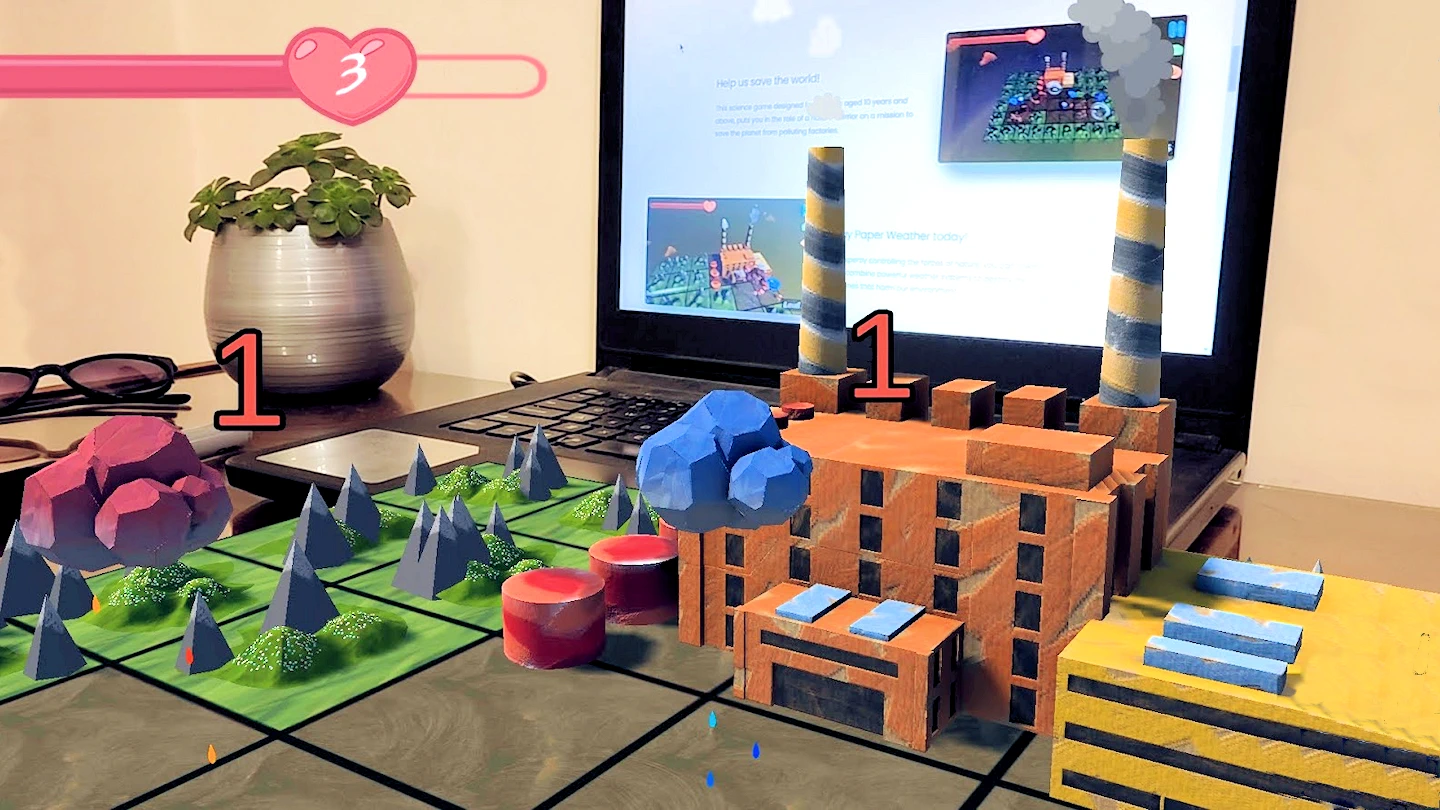Student success isn’t defined solely by academic performance. Emotional well-being, social growth, and access to personalized support play an equally important role in helping learners reach their potential. In today’s classrooms, technology offers new ways to enhance student support services—making them more accessible, responsive, and integrated into everyday learning experiences.
When thoughtfully designed, educational technology can complement the work of counselors, teachers, and wellness staff—providing tools that help students build resilience, confidence, and essential life skills.
Technology as a Tool for Whole-Child Support
While immersive learning platforms and STEAM educational games often focus on academic skills, many are also designed to support social-emotional growth, collaboration, and self-awareness. Digital tools, when implemented thoughtfully, can help students:
- Track emotions and practice self-regulation through wellness-focused activities,
- Access interactive spaces designed to build confidence and life skills,
- Engage with cooperative tasks that promote communication and empathy,
- Receive differentiated learning and support based on individual needs.
By embedding these features into educational platforms, technology becomes part of a broader support system—not a replacement for human connection, but a complement to it.
Expanding Access to Student Support Services
Not every student feels comfortable seeking help in traditional settings. Technology can create alternative pathways for students to access support in ways that feel safe and approachable.
Some ways EdTech can enhance access include:
- Personalized digital tools, allowing students to set goals, track progress, and reflect on growth,
- Interactive wellness environments, offering guided activities for emotional development,
- Virtual spaces, where students can connect with counselors, educators, or peer mentors discreetly.
These tools can help make student support services more equitable and responsive to diverse needs.
Supporting Social-Emotional Learning Through Games
Educational games aren’t only for academic content. Many immersive platforms incorporate elements of social-emotional learning (SEL) into their design—giving students opportunities to practice essential life skills through interactive experiences.
Games that promote SEL may include:
- Cooperative challenges, encouraging teamwork, patience, and empathy,
- Role-based tasks, helping students understand different perspectives,
- Emotional reflection activities, prompting students to consider their reactions and decision-making,
- Wellness-focused experiences, supporting confidence-building and stress management.
When SEL is woven into gameplay, students can build emotional awareness and resilience in ways that feel engaging and non-intimidating.
Enhancing Communication and Early Intervention
Technology can also help educators and support staff identify student needs sooner and intervene more effectively. Features that support this include:
- Real-time dashboards, providing insights into student engagement, progress, and potential challenges,
- Embedded check-ins, allowing students to communicate how they’re feeling,
- Data collection tools, helping counselors and teachers track patterns that may indicate support needs,
- Secure communication channels, offering students safe spaces to ask for help or share concerns.
By providing these tools, educational technology can help create a more proactive, connected support system.
Integrating Technology Thoughtfully
While technology offers significant potential for enhancing student support services, its success depends on thoughtful implementation. Schools can maximize the benefits by:
- Selecting platforms designed with wellness, accessibility, and inclusivity in mind,
- Providing training for educators and support staff on how to use technology effectively,
- Encouraging collaboration between teachers, counselors, and families,
- Maintaining a balance between digital tools and human interaction.
This integrated approach ensures that technology enhances—not replaces—the relationships and resources that help students thrive.
Supporting Students Beyond Academics
Technology can’t solve every challenge students face. But when used with care, it can play a valuable role in building more inclusive, responsive support systems. From wellness-focused interactive environments to digital tools that promote self-awareness and connection, EdTech offers new opportunities to help students grow—not just academically, but emotionally and socially.
By leveraging technology as part of student support services, schools can help create learning environments where every student feels seen, supported, and empowered to succeed.
Follow Alter-Learning for more insights into immersive education, edtech success stories, and the future of learning. Want to explore how VR/AR could transform your school or learning platform? Let’s connect.




